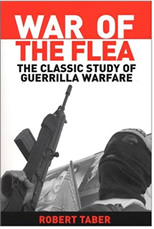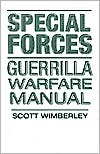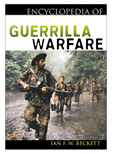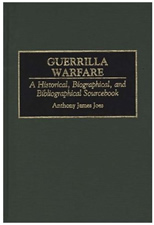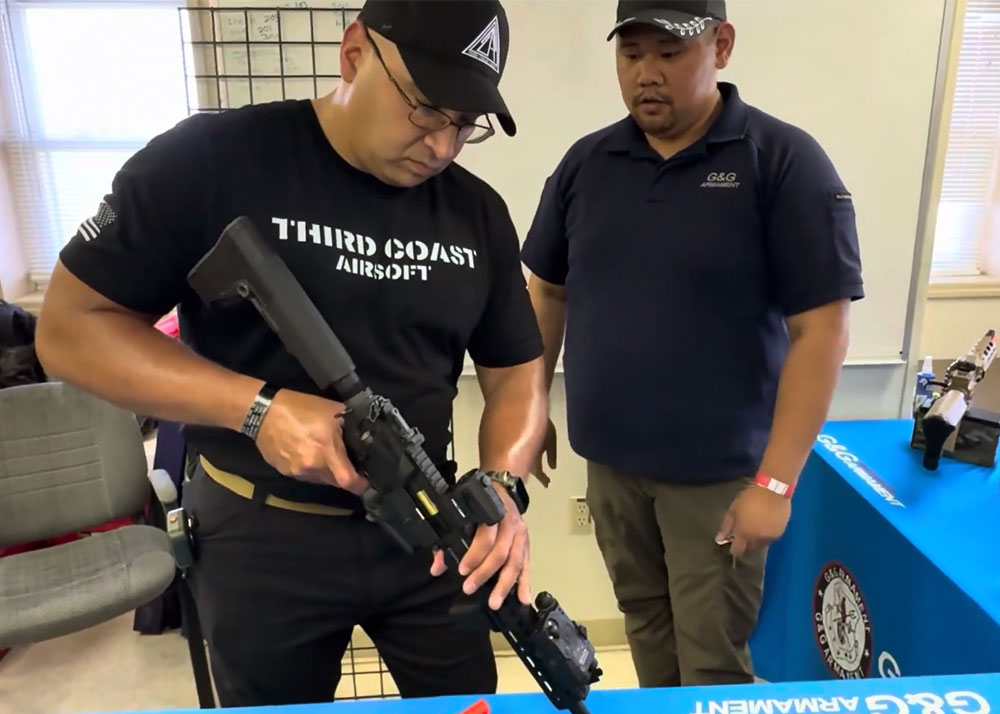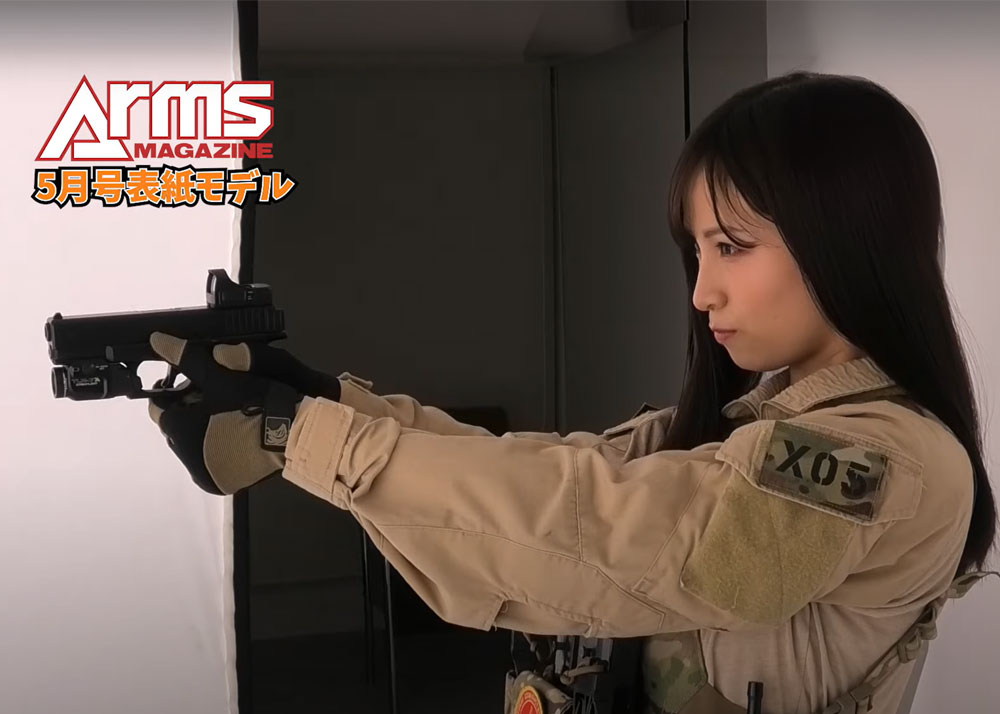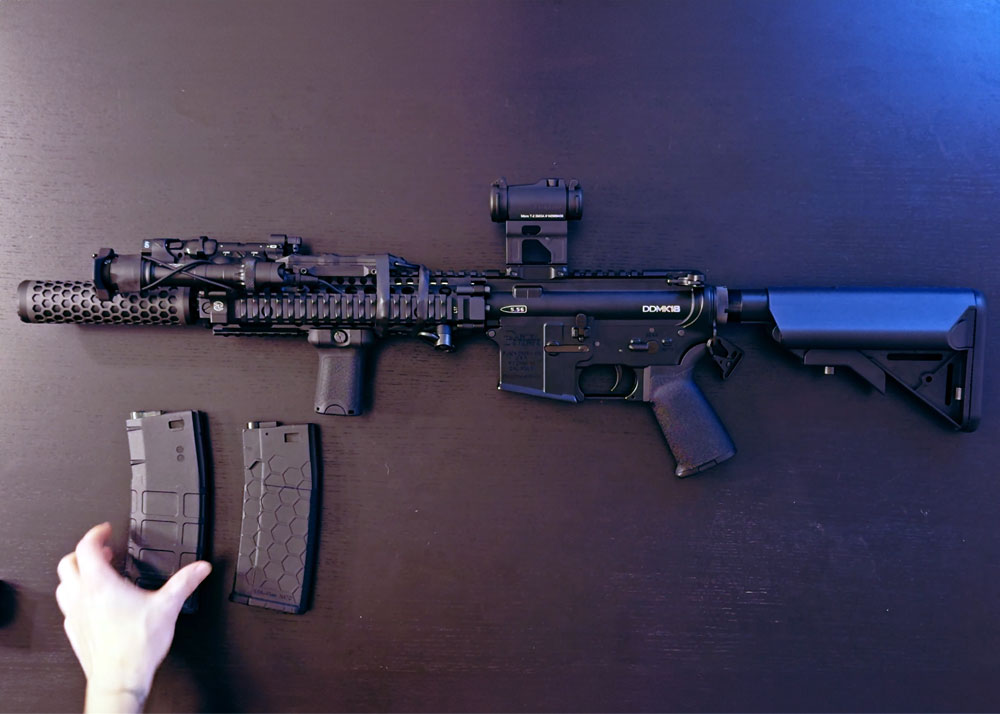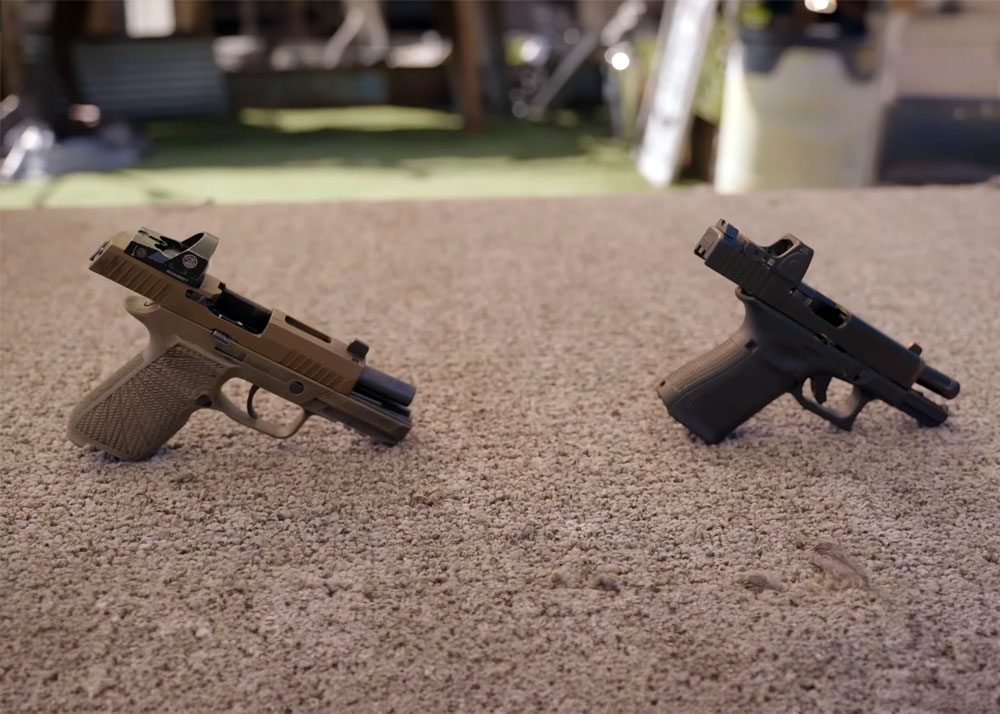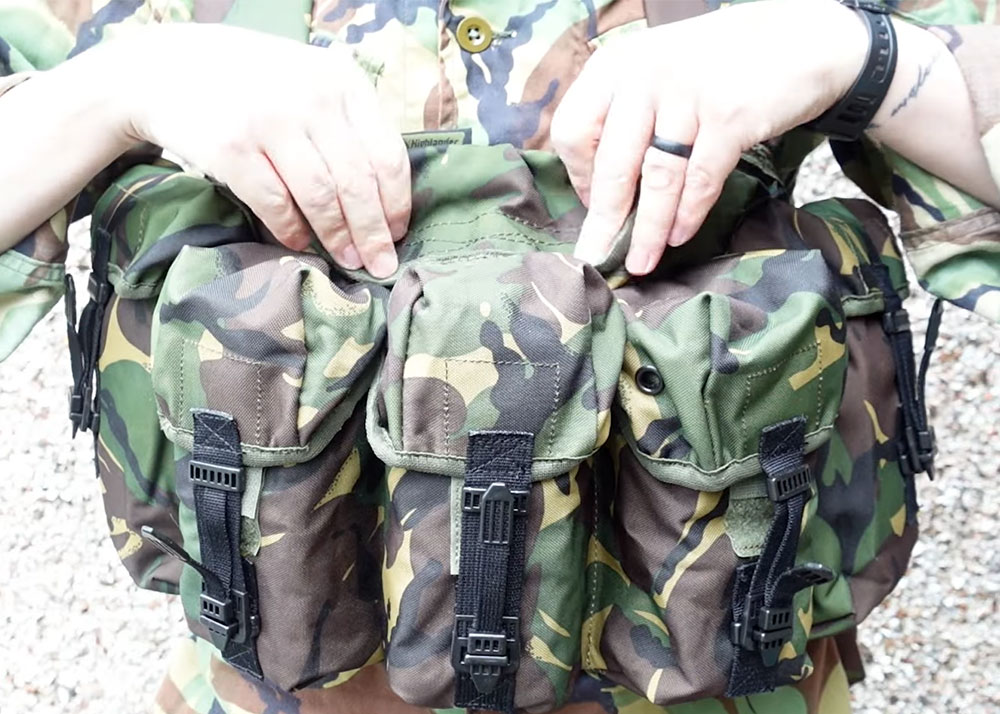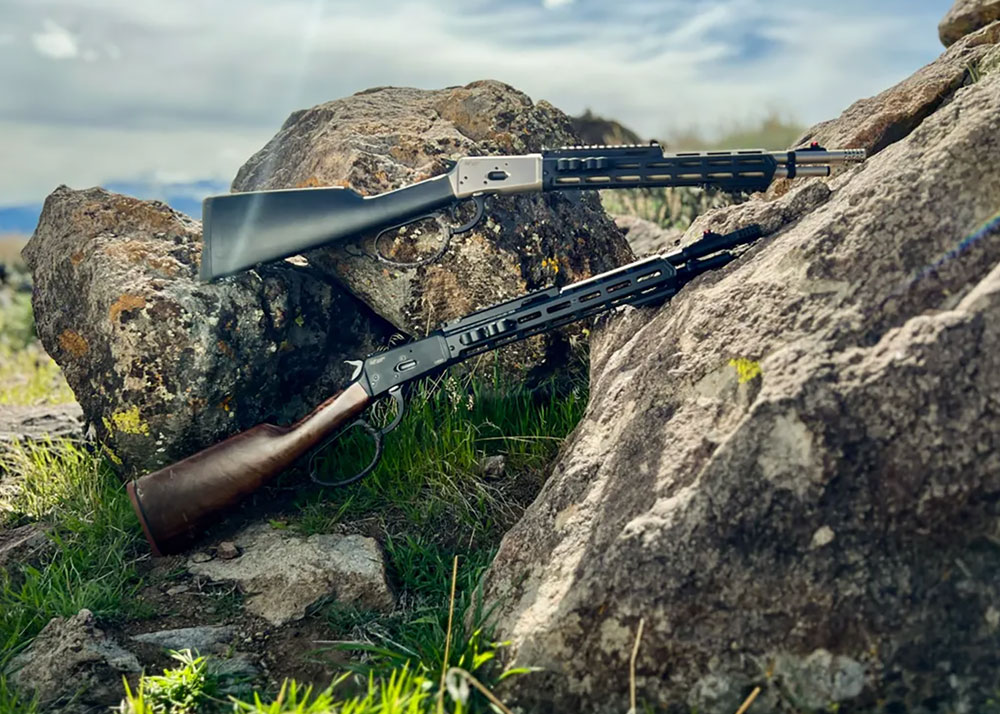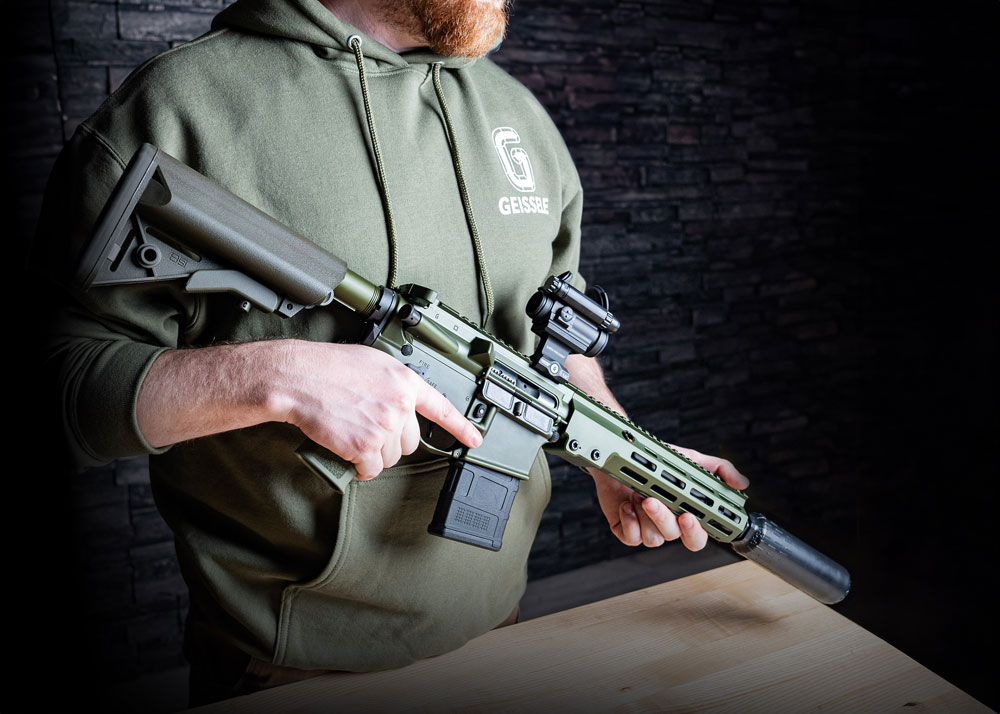Readings on Guerilla Warfare
Gungho Cowboy
24 Oct 2007
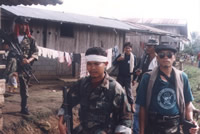
Serious military readers, political scientist, and military historians always consider the War of the Flea as the most important war since it became the primary form of warfare from the second half of the 20th Century until now. This means that most of the wars being fought around the world are small scale ones, with conventional warfare (armies vs armies) always avoided through diplomacy and tightened economic interdependencies among nation-states. The War of the Flea, in a nutshell, is guerilla warfare.
Guerilla Warfare, why it is called The War of Flea, means that it takes a lot of small bites to suck the blood out of the enemy in order to win. Thus, like the fleas killing a dog overtime, so do guerillas who are willing to fight it out over months, years, and decades to achieve their military and political objectives. The masses, or the disenchanted people achieve power by crushing the corrupt elite through a combination of political and military actions.
Guerilla warfare is unconventional military warfare, in which smaller units try to achieve tactical wins over a bigger military opponent, until these achieve strategic parity, that is, they have built enough momentum and strength to match the incumbent socio-economic-political power unit by unit, equipment by equipment, that it is just a matter of time before the guerilla army wins the war. Examples of this are Cuba (Castro), Nicaragua (Sandinistas), Vietnam (Vietminh against the French, and Vietcong against the Amercians), and China (Maoist Guerillas). Guerilla warfare is very much ongoing in Iraq, Burma (Myanmar), in Africa, Turkey, Peru, Afghanistan, Palestinian Territories, Lebanon, Colombia, Nepal, Sri Lanka, the Philippines, and so forth.
Terrorism is a more extreme form of guerilla warfare as it has a high disregard for human life in the conduct of achieving its objectives and even if terrorist groups win political power, they tend to undo any progress achieved over the years, such as the Taliban in Afghanistan, and Hamas in the Palestinian territories.
To understand more about guerilla warfare, the suggested readings are the following:
War of the Flea: The Classic Study of Guerrilla Warfare
by Robert Taber
The guerrilla fights the war of the flea, and his military enemy suffers the dog's disadvantages: too much to defend; too small, ubiquitous, and agile an enemy to come to grips with." With these words, Robert Taber began a revolution in conventional military thought that has dramatically impacted the way armed conflicts have been fought since the book's initial publication in 1965. Whether ideological, nationalistic, or religious, all guerrilla insurgencies use similar tactics to advance their cause. The War of the Flea's timeless analysis of the guerrilla fighter's means and methods provides a fundamental resource for any reader seeking to understand this distinct form of warfare and the challenge it continues to present to today's armed forces in the Philippines, Colombia, and elsewhere.
By David Kilcullen
"Counterinsurgency is fashionable again: more has been written on it in the last four years than in the last four decades..."
Special Forces Guerrilla Warfare Manual
by Wimberley Scott
This handy manual is a primer in the many facets of a successful guerrilla campaign as taught by the pros in Special Forces. Covering everything from the first acts of sporadic rebellion to the final overthrow of a tyrannical government and establishment of a just, democratic society, it is a fascinating tutorial in modern armed resistance. For academic study only.
The Encyclopedia of Guerrilla Warfare
by I. F. W. Beckett
Although many consider Mao Tse-tung and Che Guevara to be its inventors, the origins of guerrilla warfare can actually be traced to biblical times; it was mentioned as early as the fifteenth century B.C.E. on a Hittite parchment. This volume is the first reference book of its kind.Entries in this illustrated A-to-Z volume focus specifically on topics related to guerrilla warfare from the late eighteenth century to the present. Assuming no previous knowledge of the subject on the part of the reader, the author draws on his extensive military knowledge to present information in an easy-to-understand manner. This reference also discusses opposing points of view on the controversial aspects of guerrilla warfare, giving readers an even-handed understanding of a very difficult topic.The Encyclopedia of Guerrilla Warfare delves into an ancient and infamous art of war, its successes and failures, its practitioners, and its opponents.
Guerrilla Warfare: A Historical, Biographical, and Bibliographical Sourcebook
by Anthony James Joes
From the Carolina Swamp Fox to the Afghan Mujahideen, this book analyzes 40 guerrilla struggles across five continents, profiles important figures, and gives extensive bibliographical information. With an emphasis on causes and effects, Part I surveys and analyzes all major guerrilla struggles and many less well known wars from the American Revolution to 20th-century post-colonial conflicts. Drawing a distinction between guerrilla warfare and terrorism, the author focuses on guerrilla activity. He seeks to answer such questions as the genesis and context of an insurgency, its resemblance to other guerrilla conflicts, what factors contributed to victory or defeat, which factors are unique to a conflict, and what factors are common to many conflicts. Part II profiles individuals who are important to the subject, including guerrilla chieftains, military commanders, government officials, party leaders, theorists, and instructors who exerted notable influence. Part III surveys the major English-language literature on guerrilla warfare, providing a a wide-ranging, representative, and intensive collection of works.

